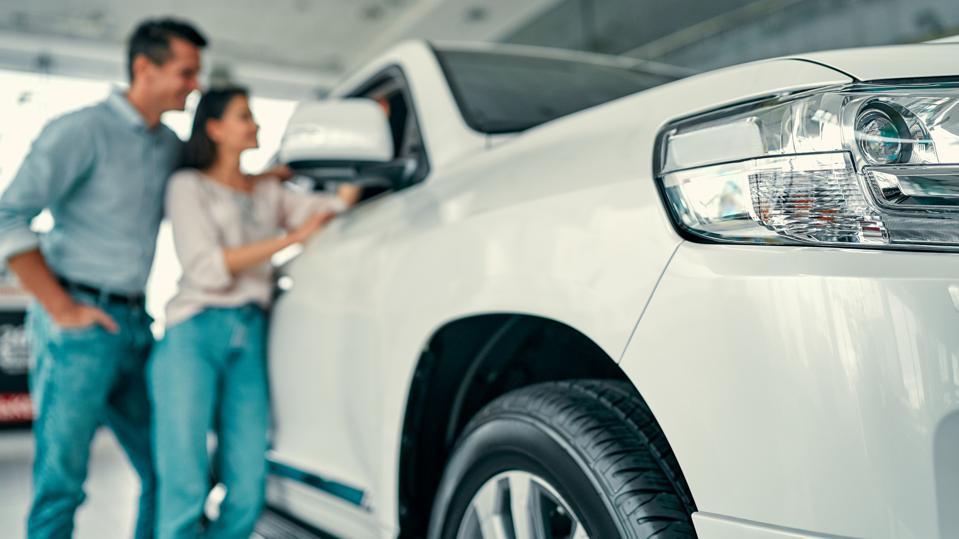
As we all know, leasing is another way to obtain the right to use a vehicle. This is a developing financial arrangement. You (the lessee) sign a contract for two to four years, drive the vehicle within the specified time, give it back to the lessor (dealer) at the end of the lease, and then buy a car, sign another new car lease contract, or leave without further obligations. Lease payments are usually lower than regular loan payments for financing the same vehicle. At the time of lease, unless you decide to purchase a vehicle, the ownership of the vehicle will remain with the lessor throughout and after the lease term. Therefore, leasing does not allow you to establish the ownership value or equity of the vehicle; However, it does eliminate the main cost of buying a new car, namely depreciation.
Financing institutions provide two types of lease: open lease and closed lease. That is to say, if the rental vehicle depreciates faster than expected, you must pay the difference between the expected value and the actual market value in the end. The estimated value of the vehicle is included in the lease agreement. Open lease is still available, but has basically been replaced by closed lease.
Closed lease is also known as walking lease, which stipulates the price at which you can (but is not mandatory) buy the vehicle when it comes to the end of the lease. Because you don't have to purchase it, you can leave the car and sign another lease agreement for a new car. Closed lease transfers the risk of overestimating the residual value of the vehicle to the lessor, and the lessor agrees to bear any losses arising from rapid depreciation. However, you are responsible for any excess mileage or wear and tear. 
Leasing with low down payment makes the lessor face greater challenges of material loss in case of debt default.
Lease payments are built to offer a return on capital invested in leased vehicles by the lessor. The lower the return accepted by the lessor, the more you can benefit from the lower rent.
If you decide to terminate the lease early, the lessor will usually charge a high fine. Therefore, the lease can only be signed when you are ready to fully implement the terms.
Leases usually specify the maximum number of miles a vehicle can travel before starting to accumulate excess mileage fees. In general, 15000 miles per year is allowed. If you want to exceed the mileage limit, you can try to negotiate a higher limit.
Although the manufacturer's flaws and routine regular repairs are usually included, other operating costs of the vehicle (such as registration, insurance and non-routine maintenance) are borne by you. A deposit may also be needed and is usually refundable. Sales tax which is applicable is normally placed in as addition to each lease payment.






